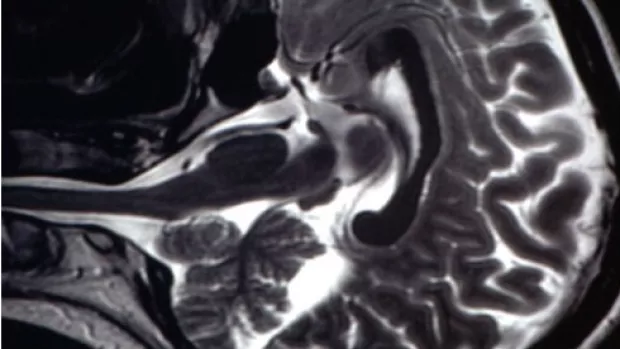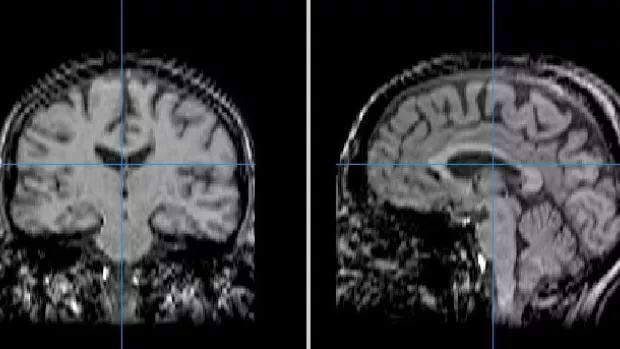
Developing PET scanning technology to help understand neuroinflammation
Dr Selena Sephton aims to develop a way to measure the amount of a protein called NAAA someone has in their brain, using PET imaging.
About the project
When we get a wound the redness and swelling around it is caused by inflammation. It’s a natural part of the healing process, and should stop once things have healed. It also happens in the brain an spinal cord when there’s damage cause by MS. This is called neuroinflammation.
But research suggests neuroinflammation continues for too long in people with MS, and can cause damage to nerve cells. A protein called NAAA (N-acylethanolamine acid amidase) usually keeps neuroinflammation ‘switched-on’ until all the damage is healed. Evidence suggests NAAA could be overactive in people with MS, so neuroinflammation doesn’t get ‘switched-off’. We need to find out more about this protein, and whether targeting it could help stop MS.
During this project, Dr Selena Sephton aims to develop a way to measure the amount of NAAA someone has in their brain, using PET imaging.
The team will:
-
Develop and optimise a radiotracer that sticks to NAAA proteins with Roche pharmaceuticals
-
Carry out PET scans in mice and tissue from the MS Society Tissue Bank using the new radio tracer to see how it behaves in the body. And, if it can successfully highlight NAAA on a PET scan
How will it help people with MS?
The new radiotracer could help investigate NAAA as an unexplored cause of persistant inflammation in MS. It could help future research uncover whether NAAA could be a potential treatment target for MS.
What is PET?
Positron emission tomography (PET) is a highly sensitive clinical imaging technology which enables scientists to visualise small cellular changes in the body. This is before changes may be seen using other advanced imaging techniques like MRI and CT scans.
PET is becoming widely used in the NHS for cancer diagnosis. A person is injected with a radioactive substance (called a radiotracer) which is designed to stick to specific cells in the body.
A PET scanner can then detect where in the body the radiotracer has stuck, and creates an image. For example, it could show where cancerous cells have spread in the body.
It’s important to note that the amount of radioactivity associated with a standard PET scan, is safe. The radiopharmaceutical quickly becomes less radioactive over time and will be passed out of the body naturally within a few hours or less.



